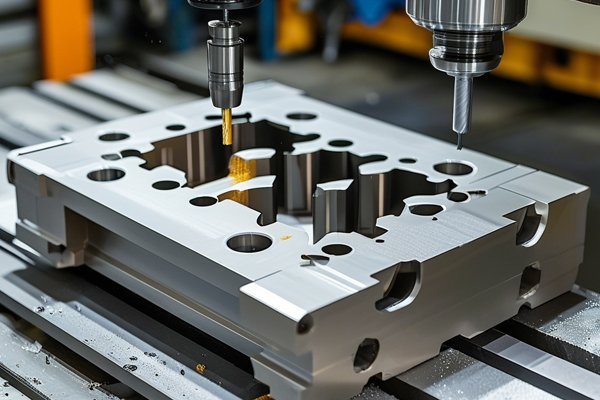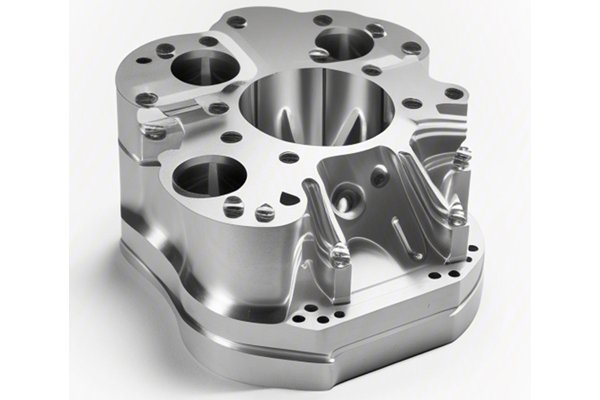Opening
Did you know that over 70% of production engineers consider chemical resistance as a top priority when selecting materials for CNC machining? This statistic reveals a crucial aspect of material selection in manufacturing, sparking concerns about whether stainless steel or aluminum alloys perform better under various chemical conditions. As industries continuously evolve, understanding the chemical resistance capacities of these materials can significantly impact product longevity, performance, and cost-efficiency.
In this comprehensive blog, we will delve deep into the intricate comparisons between stainless steel and aluminum alloys concerning their chemical resistance during CNC machining. We will explore several key areas, such as the properties of both materials, the machining processes involved, and practical applications along with detailed solutions to related challenges.
Understanding the Basics: Properties of Stainless Steel and Aluminum Alloys
Stainless Steel
Stainless steel is a corrosion-resistant alloy made primarily from iron, with significant chromium content (typically at least 10.5%) that forms a protective oxide layer to prevent rust. Various grades of stainless steel exist, each with unique properties:
Aluminum Alloys
On the other hand, aluminum alloys are lightweight materials known for their excellent machinability and corrosion resistance, especially when treated with anodizing. The most common types of aluminum alloys used are:
Chemical Resistance: Stainless Steel vs. Aluminum Alloys
General Comparison
When considering chemical exposure, stainless steel generally exhibits better overall corrosion resistance than aluminum alloys. However, specific environments can influence this performance:
Specific Chemical Environments
Let’s explore the performance of each material under specific chemical scenarios:

Machining Processes and Considerations
When machining both materials, various factors must be considered to ensure optimal chemical resistance and surface integrity.
CNC Machining of Stainless Steel
CNC Machining of Aluminum Alloys
Practical Solutions for Machining Challenges
Despite the inherent chemical resistance of both materials, various challenges can still arise during machining. Let’s discuss key solutions:
Reducing Corrosion During Machining
Preventing Oxidation
Managing Tool Wear
In conclusion, understanding the chemical resistance of stainless steel compared to aluminum alloys during CNC machining is vital for optimizing material selection based on specific environmental exposure. While stainless steel often excels in corrosive environments, aluminum can outperform in alkaline conditions.
The choice between these materials ultimately depends on the application, with each presenting unique advantages and challenges. Through informed machining practices, employing appropriate surface treatments, and maintaining stringent quality control protocols, manufacturers can maximize performance and longevity while minimizing production costs.
This exploration highlights the importance of weighing chemical resistance alongside machining techniques in the decision-making process. As industries continuously evolve, these considerations become increasingly crucial. Reflecting on this information ensures that product quality meets standards, securing long-term success in manufacturing endeavors.
As you venture further into your own projects, whether you are a seasoned engineer or just starting out, keep this guide in mind for informed decision-making on material selection and machining processes. The right choices can lead to optimal outcomes and sustainable practices in CNC machining applications.






